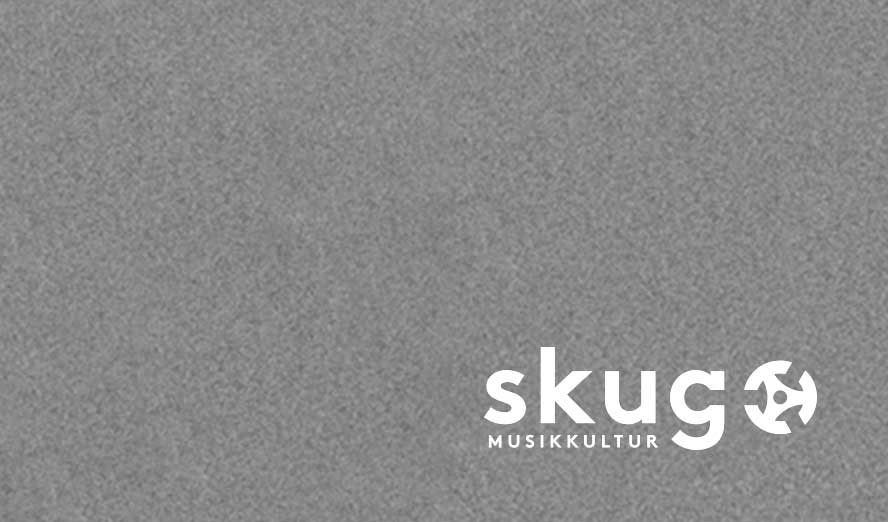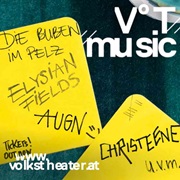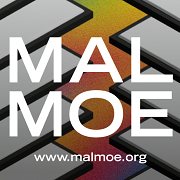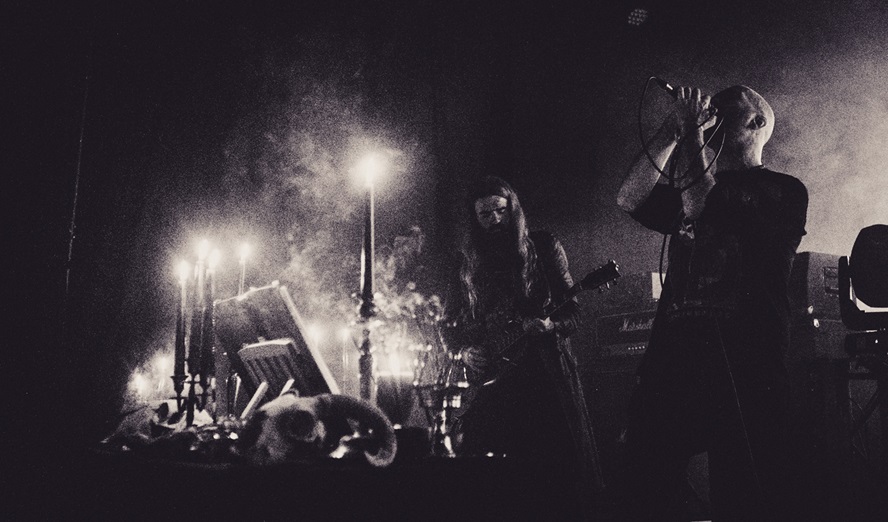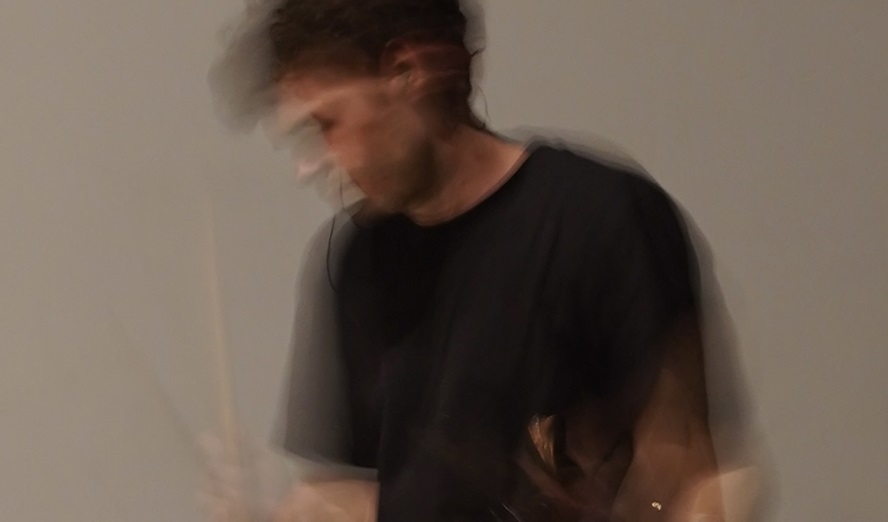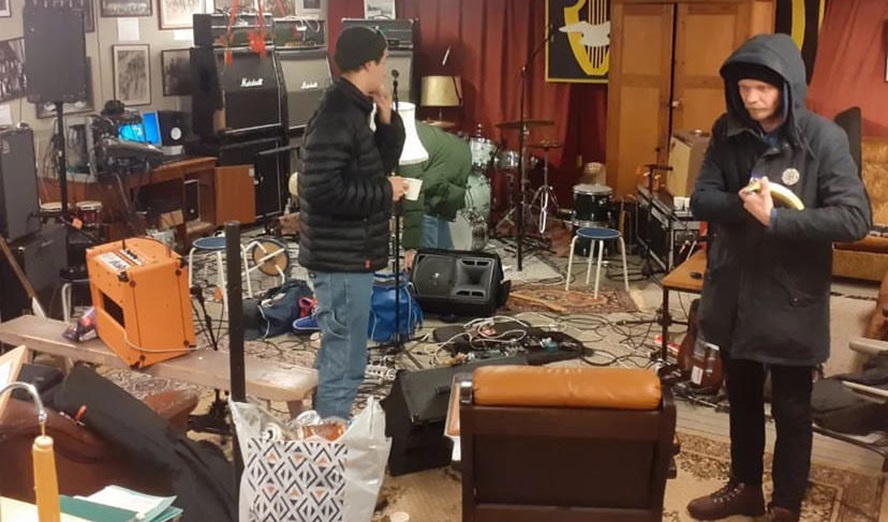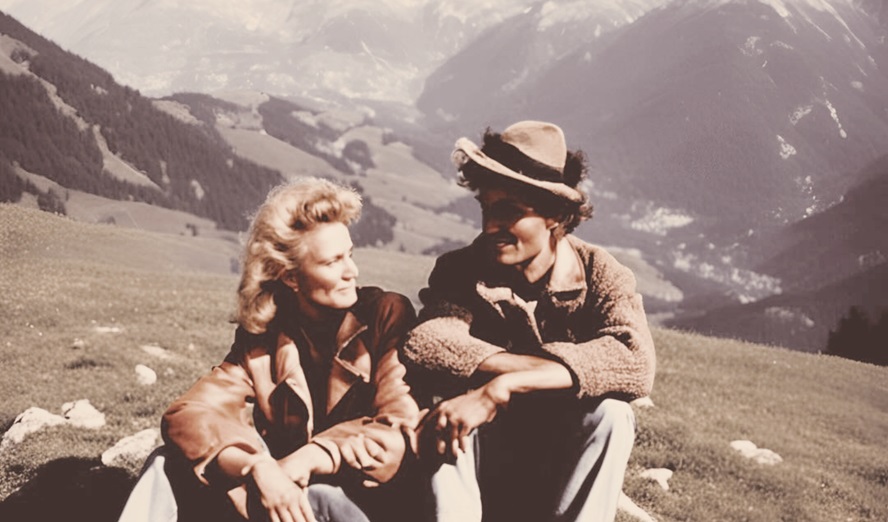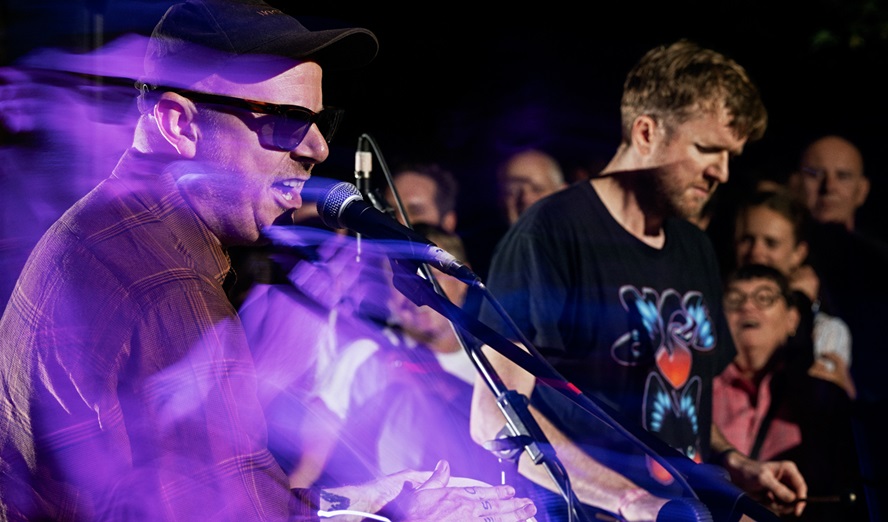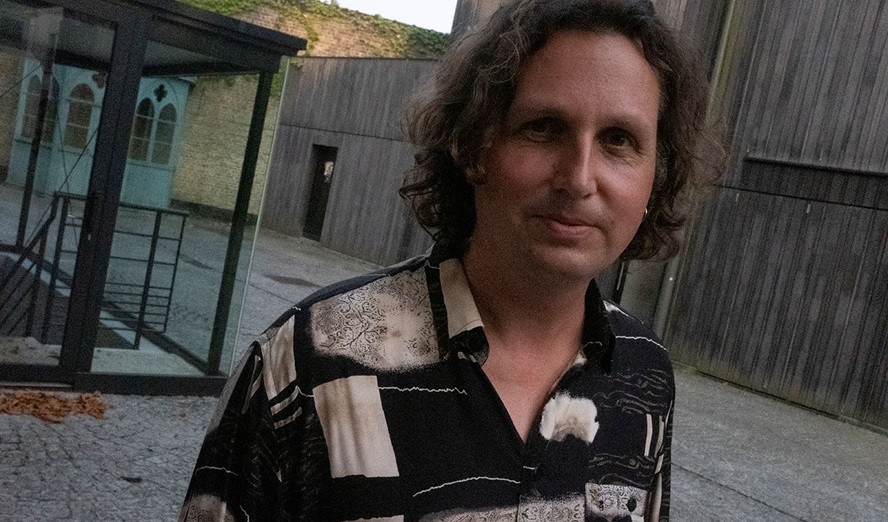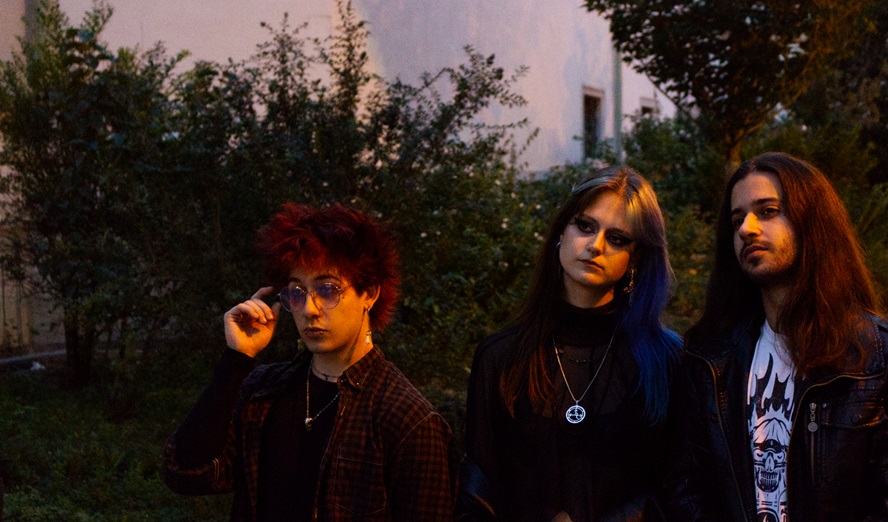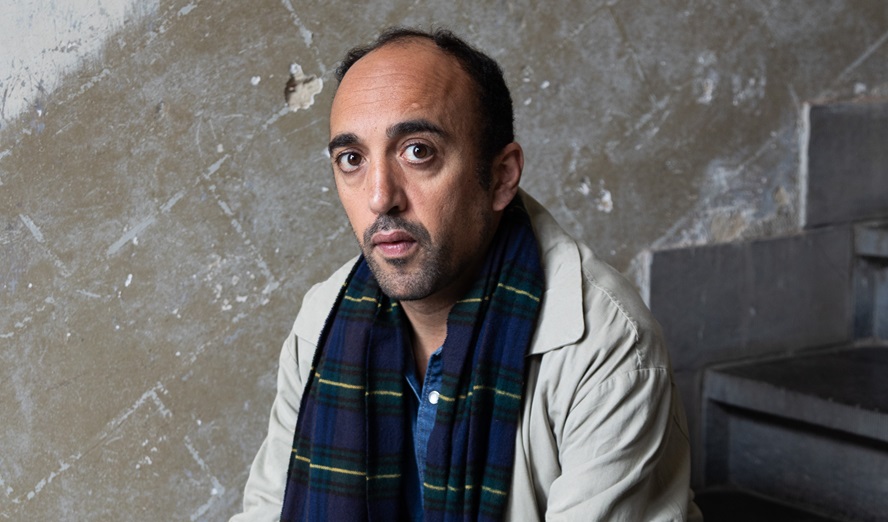During the inauguration festival of the Austrian Cultural Forum and during the phonoTAKTIK festival (April 23-29), the international Max Brand Prize will be awarded to musicians who work in electronic and electro-acoustic music or in fields that confront changes in composition with technological innovations.
Max Brand (1896-1980), a pioneer in the field of electronic music, decreed that, upon his death, all returns from performances of his works be used to establish a prize for young, contemporary composers who focus on electronic acoustics and other technology-driven fields. Every two years EURO 6000 will be awarded to the winner.
Max Brand was born to Jewish parents in 1896 in Lvov, on the Northern border of the Austro-Hungarian empire. He spent his childhood years in Vienna and volunteered in the Austrian army. In 1937 he was forced to emigrate to Switzerland via Prague. In 1939, he fled from Paris to New York by way of Brazil. In 1975, he returned to Austria where he died in 1980. Overlooked by music historians and critics for decades, Max Brand is now considered a pioneer in the field of electronic music.
A contemporary of Arnold Schönberg, Alban Berg, Kurt Weill, and Ernst Krenek, Max Brand studied composition with Franz Schreker in Vienna and Berlin. Influenced by futurism and its celebration of speed, technological innovation, and revolution and appalled by anti-communist and anti-semitic currents, Brand wrote his first pieces in a twelve-tone mode. In 1927, Fritz Lang directed metropolis, Al Jolson appeared as The Jazz Singer in the first sound movie, and Walter Ruttman created his cinematic work Berlin: The Symphony of a Great City. In his quest for a truly »modern« opera, Brand would make use of technological innovations and intellectual breakthroughs in music and theater production. His greatest success was Hopkins the Machinist, a machine-opera with dramatic, cinematic effects and a moral lesson. In this work, Brand blended late-romantic operatic impressions with machine sounds and jazz influences. When he left Vienna for Prague, Brand had to cease his involvement with the Vienna State Opera and the Raimund Theater. The majority of his early works was left behind in Prague when he set off for the United States. While he collaborated with Heitor Villa-Lobos during his stay in Brazil, his musical work in New York in the 1950s did not garner any success.
In 1959 Brand, then over 60 years old, turned in a completely new direction: in order to create electronic music, he had Robert Moog, then at the beginning of his career, build a special synthesizer. This machine became the prototype in the Moog series and has been widely used in pop music ever since. The resulting works – Notturno Brasileiro (1959), Die Astronauten (1962), and Ilian 4 (1974) – failed to achieve success, and today they are rarely performed or recorded.
In 1975, the patriarch, who was conservative in many ways, fled the »American way of life« and returned to Europe. Most of his sound equipment was destroyed en route, which prevented him from working in electro-acoustics for at least a year. Before his death in 1980, many of his tapes were reworked, remixed, or destroyed.
In 1926, Max Brand wrote in the magazine Anbruch, »New prospects for the future can only be realized if we can reproduce works regardless of whether they can be performed today, and independently of imprecision and human inadequacy. When we consider how practical and versatile these machines are, we become aware of their importance.«
»Whether we want to or not, we live in an era of electronic technology – the legitimate heir of the previous age. This continuity resembles the continuity of electronic vibrations and has made me devote myself exclusively to electronic music. In these vibrations traditional music is conceived. They speak to us with their own unmistakable sounds. Goethe, who began Faust with the verse »the sun sounds its tune of old,» rather than with »the sun shines,« was surely aware of these cosmic sounds!«
In 1973 Brand turned from settings for orchestra to the reduced effectiveness of a one-man sound studio in which he alone controlled sound creation, production, mixing, reproduction, and archiving. Free of scores and performances, he attempted to overcome material conditions of music production. However, he did not abandon his personal goal of creating works for live performances. Today, anyone interested in Brand\’s work may visit his studio at the Hamak Museum in Langenzersdorf (near Vienna). The studio contains roughly 10 hours of sound material.
